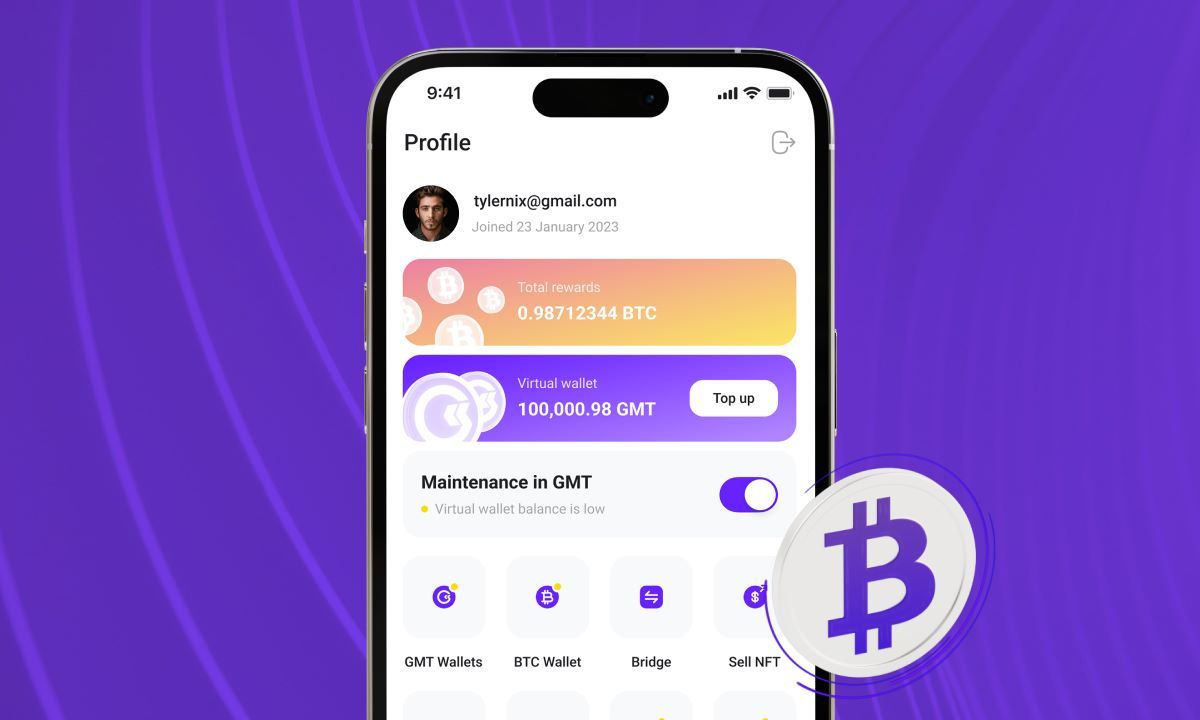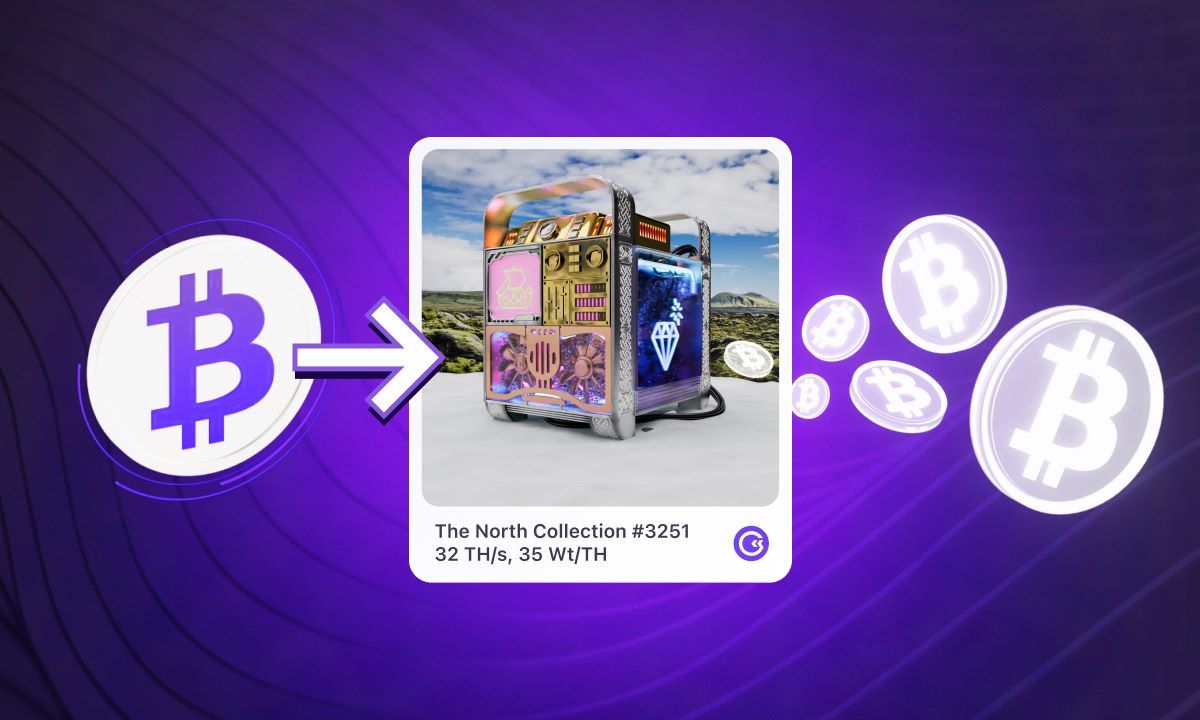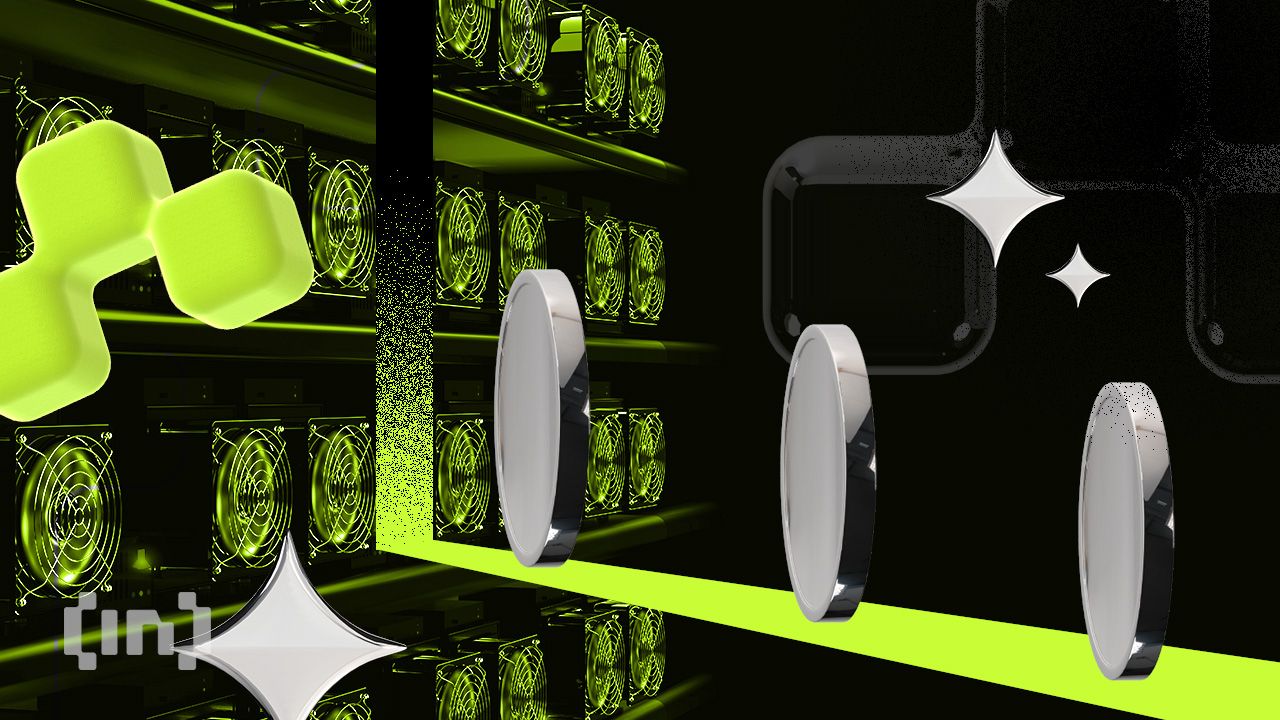2023 is positioning itself as the year of Bitcoin network innovation. We’ve had ordinals, BRC-20, and now the Liquid Bitcoin Hashrate Protocol. This guide covers everything you need to know about the platform, the GoMining token, and the dynamic new tokenomics powering the ecosystem.
What is Liquid Bitcoin Hashrate protocol?

Proof-of-work (PoW) has long been the object of criticism from environmentalists. The consensus mechanism that most famously powers the Bitcoin network is often lauded as wasteful, requiring significant amounts of energy consumption for random computations. As a result, critics argue that the amount of energy consumed by bitcoin mining is disproportionate to the services it provides, with many raising concerns about its impact on climate change and the environment.
While some miners have explored more energy-efficient methods, like merged mining, CPU mining, renewable energy sources, or repurposing waste heat, GoMining‘s Liquid Bitcoin Hashrate protocol has introduced a novel idea to help dissipate such concerns.
SponsoredThe LBH (Liquid Bitcoin Hashrate) protocol is an inventive and comprehensive solution for applying Bitcoin’s hashrate on the Ethereum and BNB blockchains. This hashrate is an NFT supported by the computational capabilities of actual data centers physically located in various parts of the world.
All in all, this new technology has vast implications for decentralized finance (DeFi). It could potentially shake up the liquidity markets for cross-chain activities by attaching real-world value to tokens.
How does the protocol work?

To understand the concept of GoMining‘s LBH protocol, it helps to understand the origin of the term — liquid staking derivatives. Liquid staking derivatives (LSD) are tokens that represent a holder’s ownership or claim to a portion of an underlying staking reward or asset.
In TradFi, LSD has a similar function to rehypothecation and also draws its name from financial instruments called derivatives (in which the derivative also represents a claim to an underlying asset). LBH operates in a similar way and represents a claim to underlying hashrate from Bitcoin mining. Instead of having mining equipment in a data center, you have a token representing your share of that computing power.
However, there’s a difference between LSD and LBH tokens. You can swap LSD tokens for the main network’s currency (e.g., ETH). But with liquid hashrate tokens, you can’t exchange them for actual BTC. Although, you can still sell them on the secondary market.
Also, these LBH tokens are NFTs. They don’t just show the mining power but also show how efficiently they use energy, and this is stored as metadata in the NFT.
In summary, LBH tokens are tokenized hash power that you can use on Ethereum and BNB for activities like DeFi. The NFTs represent an underlying claim to hash power from bitcoin mining.
History of LBH
LBH is the brainchild of GoMining. The company rebranded in 2023, having formerly operated as GMT.
In just over two years, GoMining has reported significant growth, distributing over 2000 BTC to holders and issuing 20,000 NFTs to protocol users. The company has survived multiple crypto winters and invested heavily in marketing throughout, including launching an NFT collection with UFC champion Khabib Nurmagomedov.
As of mid-August 2023, GoMining’s team has launched a revamped version of its website and mobile app in a drive to increase transparency. Users can access additional insights into its data centers and products.
Sponsored SponsoredGoMining leadership
The GoMining team is led by CEO Mark Zalan. With a background of more than 20 years working in IT and Consumer Finance/Banking, Zalan has a significant history of leadership experience. Previously, he led 100+ teams of IT professionals as a CIO for GE Capital.
What are the benefits of using the Liquid Bitcoin Hashrate Protocol?
The Liquid Bitcoin Hashrate Protocol is set to finally make bitcoin mining accessible. It allows individuals to own a share of Bitcoin mining power without having specialized hardware or technical expertise.
Furthermore, LBH tokens work in DeFi in the same way that LST tokens do. They have the potential to generate revenue; you can trade them and also use them in DeFi protocols for borrowing and lending.
For example, you can use LBH tokens as collateral for borrowing stablecoins. You can then use the stablecoins as part of a farming strategy to generate additional income for the LBH. LSD tokens of proof of stake (PoS) blockchains (e.g., staked Ether) are the most similar to LBH tokens in this regard.
GoMining token
While the LBH NFT tokens are integral to the LBH ecosystem, so is the GoMining token: a versatile crypto-asset management token and a user authentication tool.
An innovative, brand-new tokenomics model
The GoMining token comes with its own dedicated crypto wallet. It has three main components: a discount token feature, a modified Burn and Mint Equilibrium (BME), and a Ve token governance model. This token serves several practical purposes for its holders.
The new tokenomics model is thoroughly centered around user benefit and empowerment. Firstly, GoMining token holders receive discounts on electricity fees paid by LBH token holders to Service Providers.
Secondly, through the Ve token model, GoMining token holders acquire governance rights that enable them to actively participate in making decisions that steer the operation and management of the GoMining protocol.
SponsoredAdditionally, those who lock their GoMining tokens within the Ve token model can reap the benefits of yield rewards associated with their engagement in protocol governance activities.
The utility of the GoMining token unfolds in various ways. LBH token holders utilize GoMining tokens to settle electricity charges with Service Providers. In return, they enjoy a beneficial reduction in fees.

In practice, the interplay between the discount token and the Burn and Mint mechanism is seamless. When you use GoMining tokens for electricity payments, the protocol systematically burns them.
To settle the electricity costs with Service Providers, a corresponding number of new GoMining tokens are minted next. This entire process is automatic. The number of newly minted tokens is proportional to the number of tokens burned for electricity payments. Furthermore, a portion of these freshly minted tokens goes to various participants within the GoMining ecosystem.
In summary, the GoMining token’s framework comprises key elements encompassing discounts, a controlled burn-and-mint process, and governance provisions.
This amalgamation of features serves to streamline electricity payments, empower token holders with decision-making authority, and potentially yield rewards, all of which contribute to the dynamic functioning of the GoMining ecosystem.
Distribution
GoMining tokens received as payments for electricity within the protocol are distributed in the following way: tokens are transferred to a designated Null address and are consequentially burned. A corresponding amount of tokens is minted as a result.
Additionally, Service Providers receive a portion of the newly minted tokens. This allocation serves as a means to mitigate costs, encompassing crucial elements like electricity expenditures and essential maintenance overheads. Furthermore, the VeGoMining Contract emerges as a sanctuary for GoMining token holders. It provides them an avenue where holders can stake their tokens and proactively engage in governance mechanisms.
The tokens securely locked within this contract contribute to the protocol’s governance structure and garner rewards in the form of governance incentives. Additionally, many freshly minted tokens are allocated as incentives for LBH token holders, rewarding loyalty.
Lastly, a segment of the minted tokens goes to the GoMining team. This allocation adopts the form of a structured protocol fee. The resources derived from this fee are purposefully earmarked to propel the protocol’s ongoing advancement and refinement.
Sponsored SponsoredGoMining CEO Mark Zalan
It’s all about fostering a strong community that trusts and supports one another. This new tokenomics serves as a powerful incentive, encouraging us to work in the best interests of the project and the people it impacts.
Purpose/use of the token
Token holders can benefit in multiple ways: through staking for income, as a payment method for purchasing NFTs (including bitcoin-mining NFTs), online shopping, NFT game interactions, and access to various services such as digital mining, equipment hosting, and partner programs.
Moreover, while currently a future implementation, the LBH protocol hints at the possibility of receiving Wrapped BTC rewards as part of the yield strategy. This will potentially provide another avenue for earning from LBH holdings.
How to buy GoMining tokens and NFTs?
If you don’t have GoMining tokens, you can purchase them in several ways. Firstly, you can go directly via the GoMining website. You can also choose from any of the available crypto exchanges that support ETH (Uniswap, BitGlobal, HitBTC, LBank, EXMO, MEXC Global, Phemex, Gate.io, Coinsbit) or purchase via the Trust Wallet app.
Once you have bought your tokens, you can withdraw to an ETH wallet connected to the system. Note that if your GoMining tokens are on a BSC wallet, use the bridge function. From here, you can lock up tokens on the VeGoMining smart contract and receive your first VeGoMining votes.
To purchase a GoMining NFT, visit the dedicated NFT marketplace. From there, users can choose to purchase on the primary or secondary marketplace.
Traditional BTC mining vs. NFT mining

Liquid NFT Bitcoin mining has some distinct differences from traditional mining. Most notably, the purpose of mining within the individual protocols.
The traditional bitcoin mining process is exclusionary by nature. Traditional mining decides who can update the blockchain but attaches a real-world cost for securing the network or discouraging attacks. This, in turn, attaches a value to bitcoins in circulation.
On the other hand, when you mine bitcoin with NFTs using LBH, it is inclusive. It lowers the barrier for those who may not have the resources to mine BTC. Additionally, you do not actually have to hold or maintain any of the mining equipment in the latter scenario. It makes mining from home easy. Note that in both scenarios, the intrinsic value of the tokens is anchored to the mining process.
A new era of bitcoin mining
In essence, LBHP introduces a hybrid concept that combines the world of bitcoin mining with the NFT space. While it’s true that the value of NFTs is ultimately determined by supply and demand, LBHP attempts to anchor that value to something tangible – the hash power that’s essential for maintaining blockchain security and creating new bitcoins.
This unique approach might not be suitable for all scenarios, but it offers a distinctive perspective and potential benefits that traditional NFTs do not provide.

